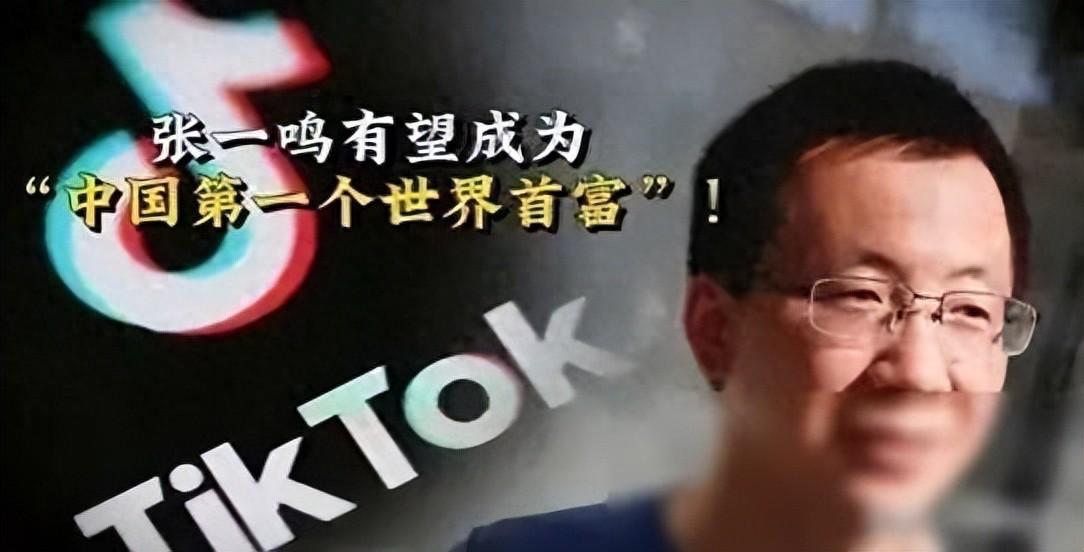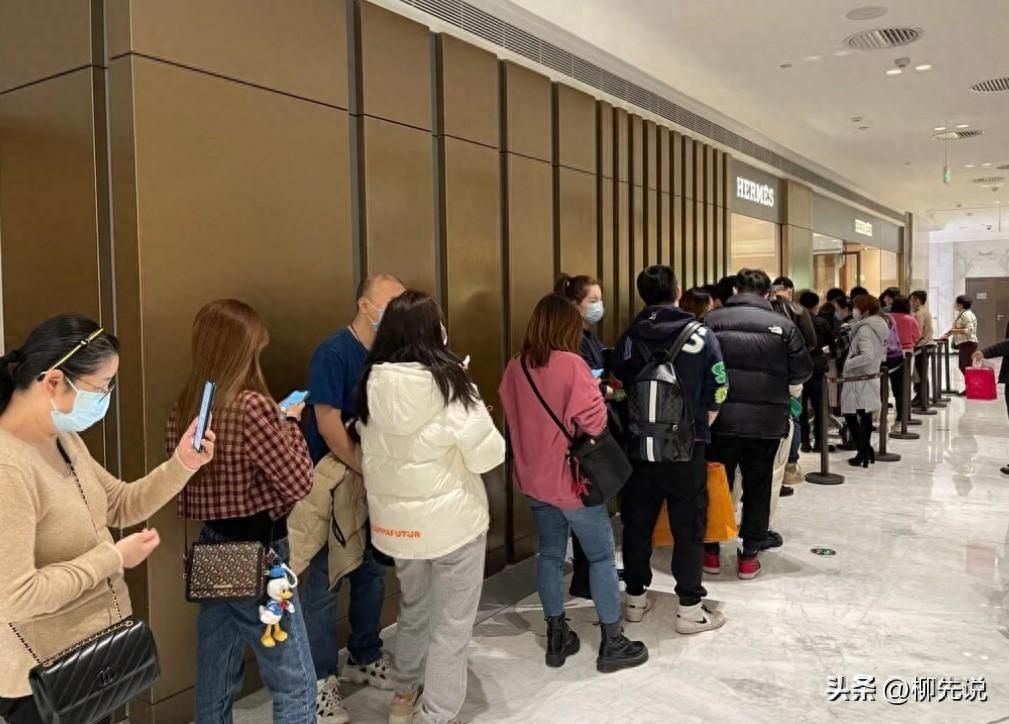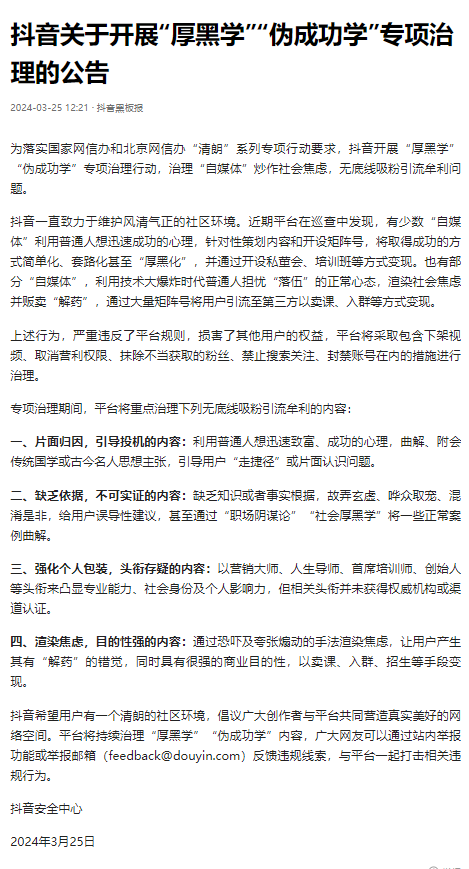A sharp drop of 560 billion! TSMC did not expect that Chinese 5G phones would be so deadly
Before reading this article, please click on "Follow". Your attention is the driving force for the author's continuous creation, committed to high-quality original content, and persistently presenting good content to everyone, bringing a good reading experience to everyone
Before reading this article, please click on "Follow". Your attention is the driving force for the author's continuous creation, committed to high-quality original content, and persistently presenting good content to everyone, bringing a good reading experience to everyone.
The Dilemma and Transformation of TSMC: Exploring the Impact of Domestic 5G Mobile Phones on the Semiconductor Industry. In today's global technology and semiconductor market, the inherent characteristic is the ever-changing situation. TSMC, a once unknown and well-known industry leader, has recently encountered unprecedented adversity. Especially in the context of the sudden rise of domestic 5G mobile phones, the semiconductor manufacturing industry as a whole has undergone disruptive changes. The challenges brought about by the transformation faced by TSMC have caused its market value to evaporate by up to $77 billion, a loss unparalleled in Asia. But what exactly caused this situation to happen? Firstly, it is necessary to see a significant shift in the supply and demand relationship in the global chip market. In the past, demand for chips almost always exceeded supply, driving up their prices. But in recent years, with oversupply, chip prices have started to decline significantly. The price of analog chips in the US market has plummeted by 98%, with many classic chip models dropping from 70 yuan to an astonishing 1 yuan. This change is a devastating blow for companies that rely on selling chips at high prices.

TSMC has also not been immune to this global trend. When most chip manufacturers face this market pressure and choose to reduce production costs, abandon high-cost advanced processes, and shift to more economical processes such as 7nm or 16nm, TSMC remains committed to the research and development of its 3nm process, attempting to prove its technological leadership. Unfortunately, the A17 processor using a 3-nanometer process did not achieve the expected performance and its power consumption was too high. Many large enterprises that originally intended to use this process, such as Qualcomm and MediaTek, have abandoned their cooperation with TSMC.

Even more fatally, with the rise of a Chinese technology giant, it not only successfully developed high-performance domestic 5G chips, but more importantly, the company once became TSMC's second largest customer. The two originally collaborated to promote the development of new processes, but later, the Chinese technology company began to fully utilize its domestic chip manufacturing capabilities, eliminating the need to order high-cost chips from TSMC. For TSMC, this means a huge loss of revenue.

At the same time, this Chinese technology company has also begun to threaten the market share of major companies such as Apple and Qualcomm, leading to a significant reduction in their orders. This market trend seems to imply that companies do not have to rely on advanced processes with high costs to produce high-performance chips.

So, in the face of so many challenges, how should TSMC choose its future path? Obviously, relying solely on technological innovation is no longer sufficient to cope with the current situation. TSMC needs to rethink and adjust its business model and market positioning. Possible directions are to develop new processes that are more energy-efficient and perform better; Find new partners, such as entering emerging markets or exploring new business areas. In short, although the current challenges facing TSMC are worrying, every crisis is also a new opportunity. How to stabilize our position and find a way out in the wave of change will determine the future direction of TSMC.
The above content materials are sourced from the internet and do not represent the author's personal views. The accuracy of the content is not guaranteed. Please treat them rationally. If you have any questions, please contact the author to delete them. If you like my article, you can click on a free 'follow'. We welcome everyone to express your valuable opinions and suggestions on this article.
Disclaimer: The content of this article is sourced from the internet. The copyright of the text, images, and other materials belongs to the original author. The platform reprints the materials for the purpose of conveying more information. The content of the article is for reference and learning only, and should not be used for commercial purposes. If it infringes on your legitimate rights and interests, please contact us promptly and we will handle it as soon as possible! We respect copyright and are committed to protecting it. Thank you for sharing.(Email:[email protected])














